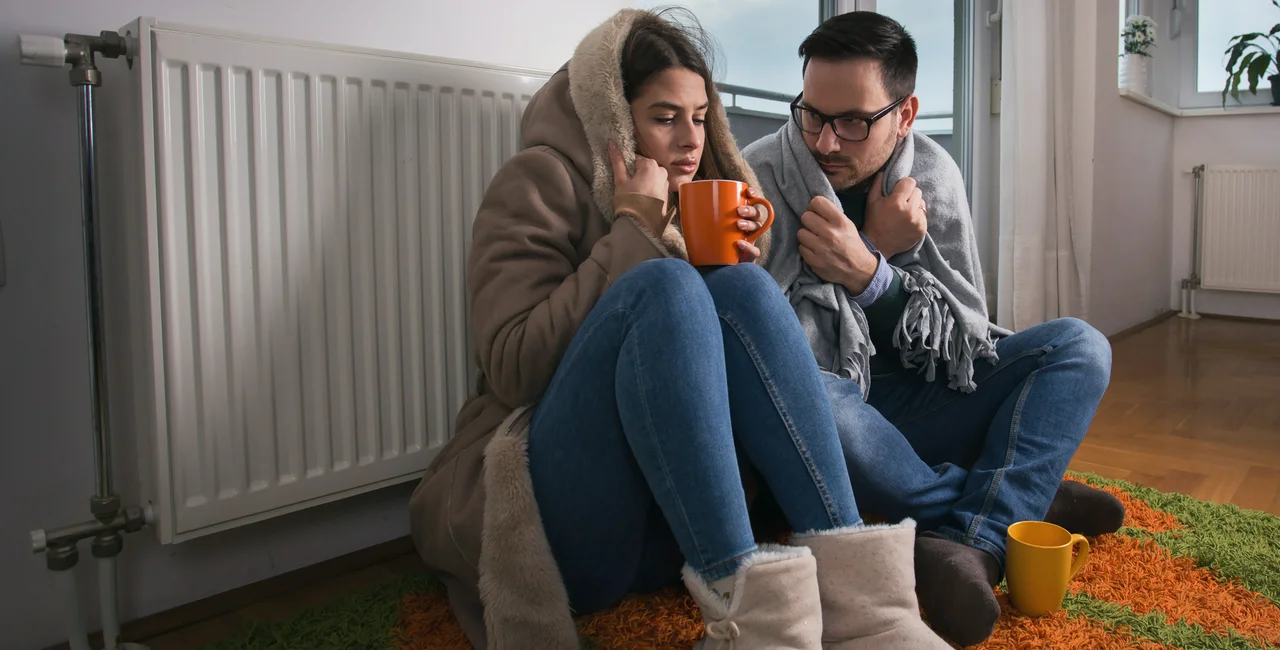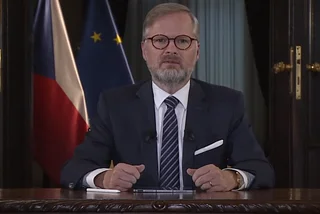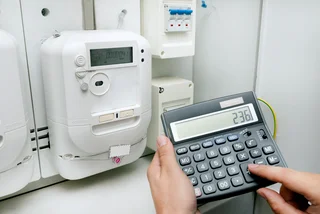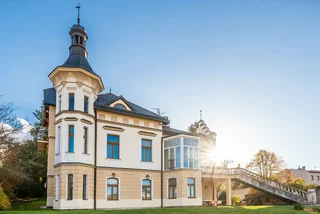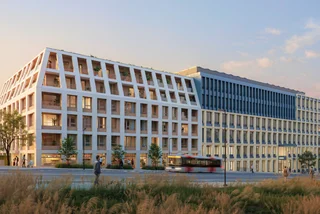The heating company Pražská teplárenská started supplying heat to Prague households and businesses yesterday, a day earlier than last year. Most people in Prague have started to get heat in their flats, now that fall temperatures are taking over.
The heating season began due to the drop in average daily temperatures and the chilly weather forecast for the following days.
Heat should be supplied continuously until the spring unless there is a warm snap. “We continue to carefully monitor the development of outdoor temperatures and will respond flexibly in the event of longer-term warming,” Pražská teplárenská said, adding that stations were automatically regulated to avoid wasting energy.
A decree of the Ministry of Industry and Trade states that the heating season starts in September and lasts until the end of May, but the exact dates are affected by the local weather.
The start, possible interruption, and end depend on the average daily outdoor temperatures and the weather forecast according to the Czech Hydrometeorological Institute (ČHMÚ), the official weather service. The heating season starts at different times in different areas, based on the local weather.
Heating plants start supplying heat if the average daily temperature drops below 13 degrees Celsius for two consecutive days and no warming is expected the next day. If the average daily temperature exceeds 13 degrees for two days in a row and cooling cannot be expected, the heating plants will temporarily interrupt the heat supply.
Many Czech buildings and businesses are connected to a central heating network, using steam-based heat that comes from a central plant. Usually, these plants are connected to an electricity generation plant and reuse the steam created for making electricity. The heat, then, does not have much additional impact on the environment as it is a by-product of making electricity. If the heat was not captured and rechanneled, it would simply go to waste.
Pražská teplarenská’s basic source for heat production is brown-coal burning electricity plant Elektrárna Mělník, which is operated by ČEZ. It supplied almost 90 percent of the Pražské teplárenská’s heat last year.
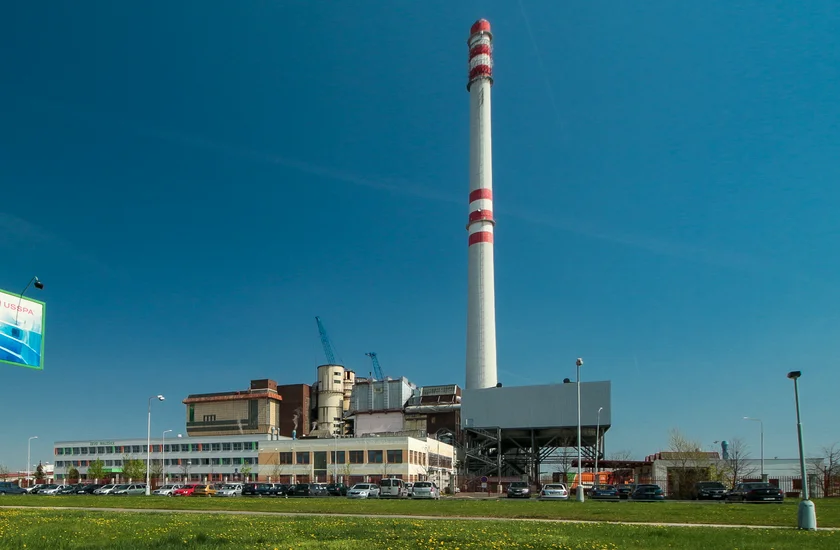
Another 7.6 percent of the heat is supplied by the incinerator in Prague’s Malešice district, which is owned by Pražské služby. The Malešice plant incinerates urban waste to co-generate electricity and heat. Much of the paper and plastic that people sort and put in street collection points goes to Malešice to be burned.
The steam does not come to homes directly from the electric plants. There is a complicated system of heat exchange, where, as the name implies, the heat from the electric plants is transferred to the heat supply system, which includes a network of 650 kilometers of pipes. This heat is transferred again to isolated systems in buildings to warm up water and to supply heat to radiators. The rather complicated system is explained on the Pražská teplarenská website, with animated diagrams.
In Prague, Pražská teplárenská supplies heat to over 235,000 households and a number of administrative buildings, businesses, educational and medical facilities, and other buildings. The company is part of Veolia Energie ČR, which also operates in five other Czech regions.
Some buildings, especially newer housing developments, have their own heating system. The operators of these buildings have to follow the same Ministry of Industry and Trade rules regarding supplying heat based on the local temperature and forecast.












 Reading time: 3 minutes
Reading time: 3 minutes 